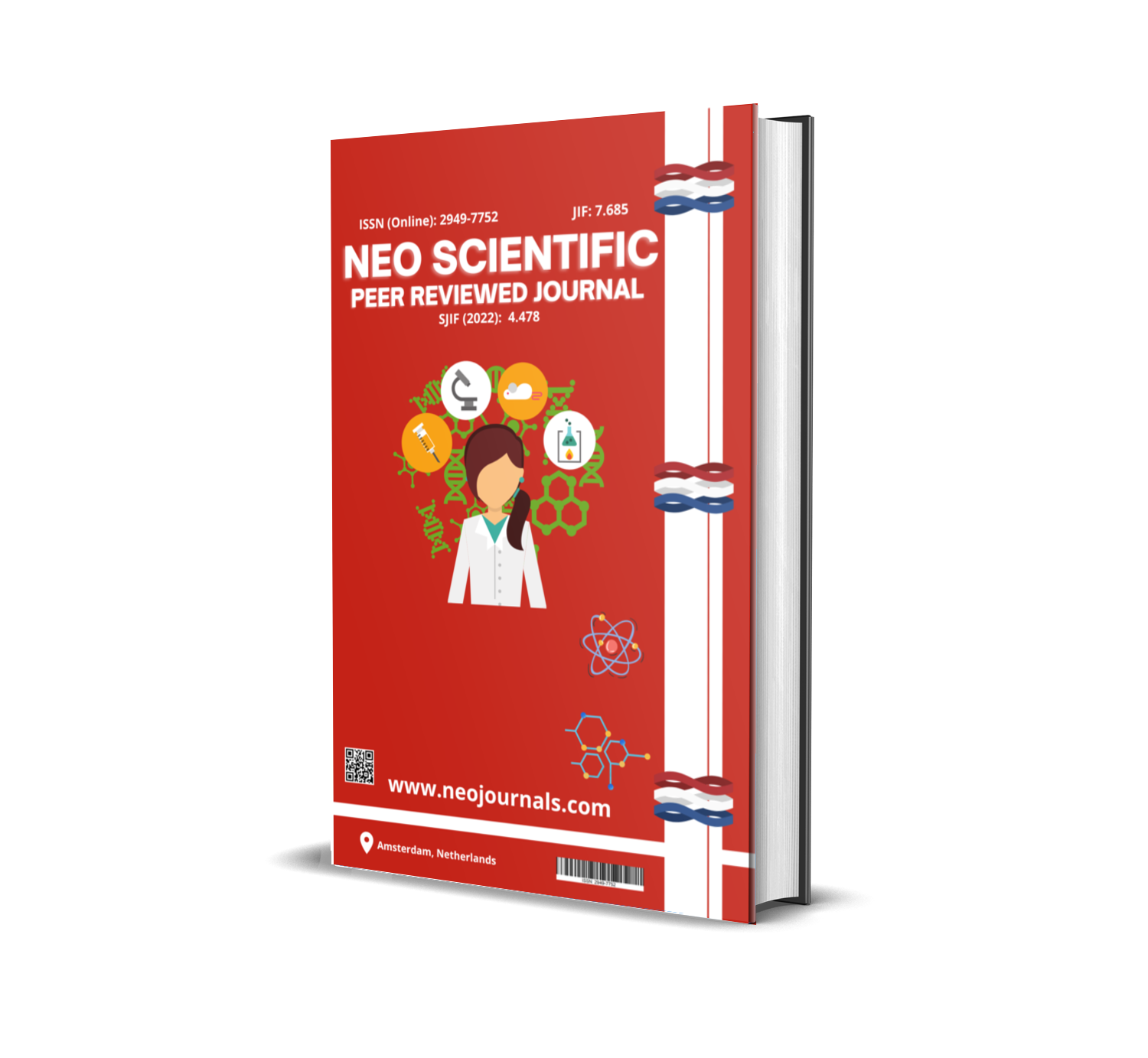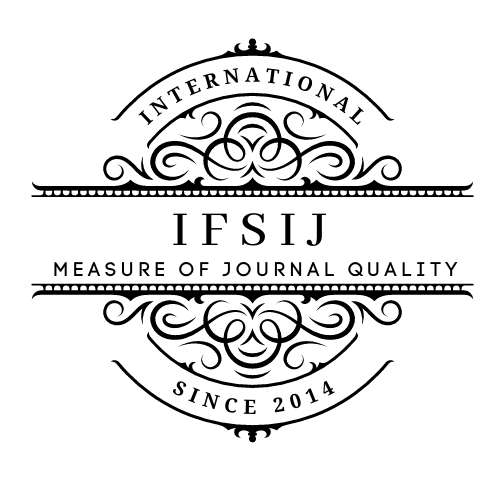DISCOURSE ANALYSIS OF MOVIES TRAPED IN NOSTALGIA RAKO PRIJANTO'S WORKS
Keywords:
English language, Discourse Analysis, Film, Theory of Teun A. van Dijk.Abstract
The desire for movies is an illustration of a societal phenomenon that may be categorized as a secondary or supplementary need, especially in this day and age, when there is a rising pattern of globalization. In addition to the fact that we may make use of music as a source of amusement to break up the tedium of our daily chores, it can also instruct us in important life lessons and values in a manner that is simple to understand. Both of these advantages may be obtained as a result of it. The researchers employed descriptive qualitative methodologies for this specific piece of published research. They made use of the theory that had been created by Teun A. Van Dijk, which is constituted of the following five components: max structure, superstructure, micro structure, social cognition, and social environment. Combining Van Dijk's theory with these methods allowed for the achievement of the sought-after outcomes. The researcher found these five characteristics in the film "Terjebak Nostalgia," which served as the focal point of the cinema discourse study that was conducted. The researcher selected this film as the subject of the study. The researcher was able to track them down by using the strategy that Teun A. Van Dijk had conceived of and had previously developed.
Downloads
Published
Issue
Section
License

This work is licensed under a Creative Commons Attribution-NonCommercial 4.0 International License.







